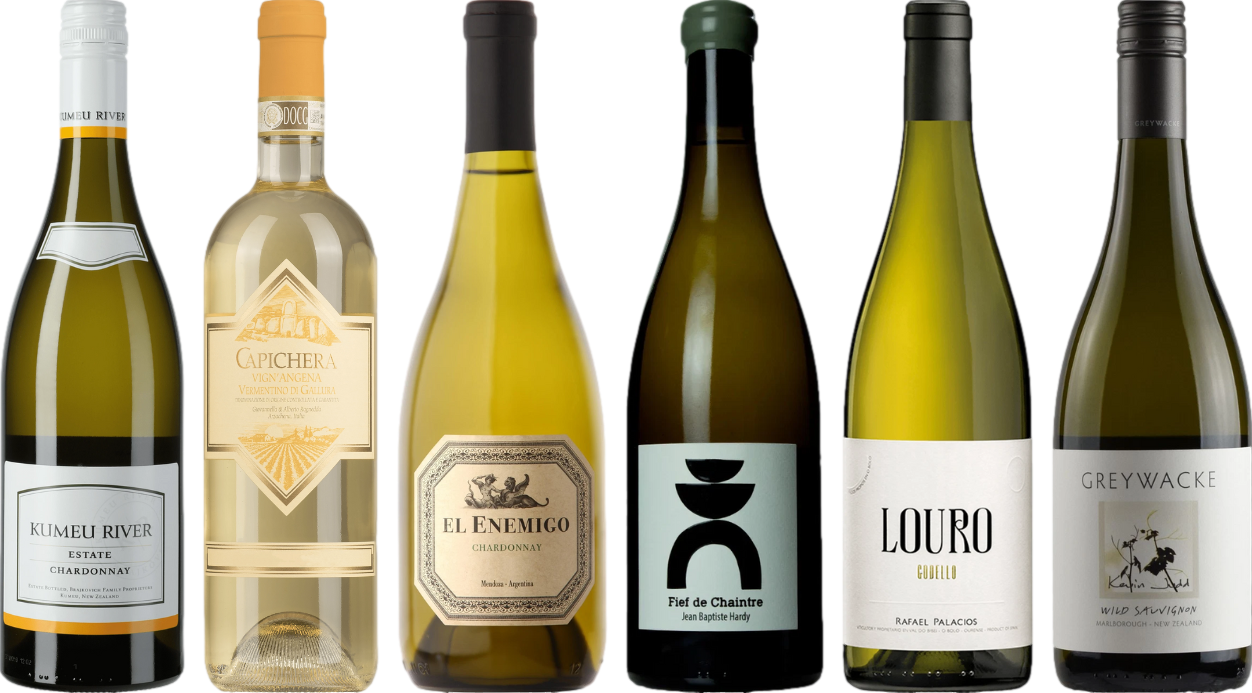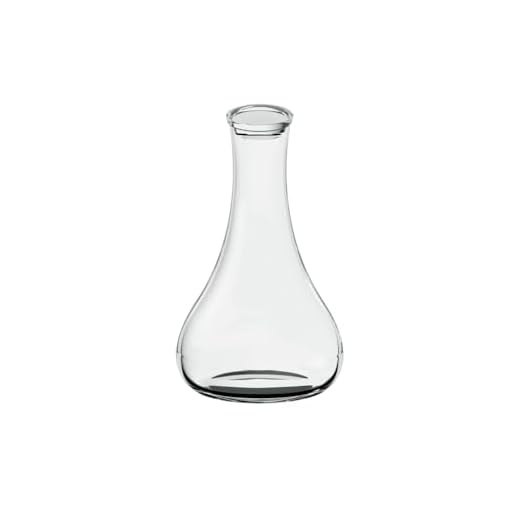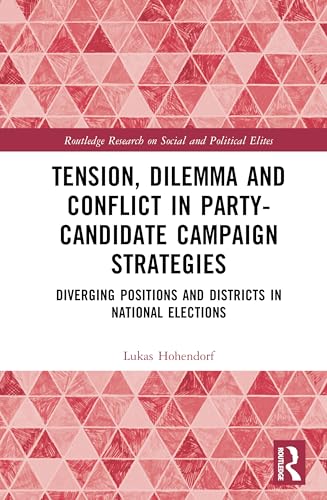



Absolutely, mature bottles can offer remarkable experiences that are often overlooked. The complexities that develop over time can transform flavors, adding layers of depth that are simply not present in their youthful counterparts. For instance, a well-stored bottle from a reputable region can reveal delightful notes of honey, nuts, and dried fruits, showcasing a beautiful evolution in taste.
It’s essential to consider provenance when evaluating these aged selections. The conditions under which they were stored play a pivotal role in their current state. Wines from esteemed producers, particularly those with a history of excellence, tend to fare better as they age. Look for bottles that have been kept in optimal conditions–consistent temperature, appropriate humidity, and minimal light exposure.
When it comes to enjoyment, pairing becomes an exciting venture. Aged selections can elevate a meal, enhancing flavors and offering a sophisticated touch. Consider pairing with rich seafood dishes or creamy cheeses to complement the nuanced characteristics that have developed over time. The right match can create a harmonious dining experience that lingers in memory.
Ultimately, the exploration of these mature offerings can be incredibly rewarding. Each sip tells a story, reflecting the passage of time and the unique conditions of its journey. Don’t shy away from experimenting–there are hidden gems waiting to be discovered in the vast world of mature bottles.
Is Old White Wine Any Good
Yes, aged varieties can offer delightful surprises, but several factors determine their quality. Proper storage conditions and varietal characteristics are crucial.
Consider these aspects when evaluating aged bottles:
- Varietal Potential: Some grapes, like Riesling or Chardonnay, benefit from maturation, developing complex aromas and flavors.
- Storage Temperature: Ideally, maintain a consistent temperature around 50-55°F (10-13°C) to preserve integrity.
- Humidity Levels: A humidity level of 50-70% is recommended to prevent corks from drying out.
- Oxidation: Aged bottles may exhibit oxidative qualities, which can enhance or detract from the experience, depending on personal preference.
When tasting, look for:
- Aroma: Expect complex notes like honey, nuts, or dried fruits.
- Flavor Profile: A balance of acidity and richness, often with a lingering finish.
- Color: A deeper hue can indicate maturity, but be aware of the varietal’s typical color range.
Always remember to pair thoughtfully. Aged selections can complement dishes like roasted chicken or creamy pasta. Enjoying these bottles is about exploration and personal preference. Trust your palate and savor the experience!
How to Identify the Age of White Wine
To determine the vintage of a particular bottle, examine the label carefully. Look for specific details such as the year printed on the bottle, which indicates the harvest. This is the most straightforward way to establish its age.
Next, assess the color. A deeper hue may suggest a more mature beverage, while a lighter shade often indicates youth. However, consider the grape variety; some types maintain their brightness longer than others.
Aroma and Flavor Profile
Sniff the liquid. A complex bouquet with notes of honey, dried fruits, or nuts often signifies maturity. In contrast, fresh, fruity aromas typically indicate a younger product. Taste it as well; aged varieties may exhibit layers of flavor, while younger ones might be more straightforward.
Visual Clarity and Texture
Inspect the clarity and viscosity. Mature selections may present a slight haziness due to sediment. Additionally, swirling the liquid in the glass reveals its legs; a slower, thicker flow can suggest a more developed character.
Factors That Influence the Quality of Aged White Varietals
Storage conditions significantly impact the integrity of these beverages. Optimal temperatures range between 45°F and 65°F (7°C to 18°C). Fluctuations can cause premature aging or spoilage. Humidity levels should be maintained around 70% to prevent corks from drying out.
The grape variety plays a crucial role in the longevity and complexity of flavors. Varieties like Chardonnay and Riesling often develop captivating profiles over time, while others may not fare as well. Understanding the characteristics of each type can guide expectations.
The vineyard’s terroir affects the potential for maturation. Regions with distinct climates and soil compositions can produce grapes that age more gracefully. For instance, fruit from cooler climates often retains acidity, enhancing its ability to evolve positively.
Oxidation is a double-edged sword. Controlled exposure to oxygen can enhance complexity, yet excessive oxidation can lead to undesirable flavors. Bottling techniques and closures impact this balance, so the choice of cork versus screw cap can influence aging potential.
Lastly, the winemaker’s philosophy and techniques during fermentation and aging are pivotal. Choices regarding barrel aging, lees stirring, and malolactic fermentation contribute to the final profile and aging potential of the product. Each decision shapes how the liquid will evolve over time, affecting taste and aroma.
| Factor | Impact |
|---|---|
| Storage Conditions | Temperature and humidity affect aging |
| Grape Variety | Determines aging potential and flavor development |
| Terroir | Influences acidity and overall quality |
| Oxidation | Controlled exposure can enhance complexity |
| Winemaking Techniques | Barrel aging and fermentation choices shape evolution |
Common Varieties of White Wine That Age Well
For those seeking exceptional bottles that thrive with time, consider these varietals known for their aging potential:
Chardonnay
Chardonnay, particularly from regions like Burgundy, can develop remarkable complexity. Look for those fermented in oak, as they gain depth and richness over time, evolving into flavors of hazelnut and honey. A well-structured Chardonnay can age for a decade or more, revealing layers of nuances that enhance the tasting experience.
Riesling
This varietal shines with its high acidity and natural sweetness. Rieslings from Germany, especially those labeled as Spätlese or Auslese, can age gracefully for decades. As they mature, their fruity characteristics transform into more complex notes of petrol and kerosene, offering a captivating tasting journey.
Sémillon is another standout, particularly from regions like Hunter Valley. It develops a lovely waxy texture and flavors of dried apricot and toast when aged, making it a remarkable choice for those who appreciate a more nuanced profile.
Exploring these varietals can lead to delightful discoveries. Pay attention to the region of origin, vintage, and production methods, as these factors significantly influence aging potential. Selecting well-crafted bottles will enhance your experience as they mature beautifully over the years.
Signs of Spoilage in Aged White Varietals
To determine if a vintage bottle has gone bad, start by examining the color. A shift towards a darker hue can indicate oxidation. Fresh varieties typically display a pale golden or straw color, while an amber or brown tint suggests deterioration.
Next, take a moment to assess the aroma. A clean, crisp scent is what you want. If you encounter musty, vinegar-like, or overly sweet notes, that’s a clear signal of spoilage.
When tasting, pay attention to the flavor profile. A vibrant acidity is desirable, but if the taste is flat or overly sour, this may suggest that the liquid has passed its prime. Additionally, unpleasant bitterness or an off-putting aftertaste can indicate that the drink is no longer suitable for enjoyment.
Inspecting the cork is also crucial. If it is soaked through or crumbling, it could mean that air has infiltrated the bottle, leading to spoilage. A properly sealed cork should be slightly moist but intact.
Lastly, look for sediment. While some aging can produce sediment, an excessive amount can be a sign of instability in the liquid. If all these factors raise concerns, it’s likely best to avoid consumption.
Recommended Food Pairings for Aged White Wine
The ideal accompaniment for a well-matured white varietal is seafood, particularly dishes like grilled scallops or butter-poached lobster. The complexity and depth of flavor in these meals harmonize beautifully with the nuanced character of the beverage.
Cheese Selections
Soft cheeses such as Brie or Camembert can enhance the tasting experience, as their creaminess balances the acidity and brings out subtle notes in the drink. Aged Gouda is another fantastic choice, offering a nutty richness that complements the sophisticated profile.
Poultry and Game
Roasted chicken with herbs or duck prepared with fruity sauces pairs exceptionally well. The richness of the meat allows the layered flavors of the beverage to shine. Additionally, dishes featuring game birds, such as quail or pheasant, can elevate the overall dining experience.
For a unique twist, consider serving alongside dishes that feature mushroom risotto or creamy pasta. These options provide a rich, savory base that enhances the complexity of the aged varietal. Remember to always serve at the optimal temperature to fully appreciate the flavors.
Lastly, if you need to freshen up your serving tools, take a moment to check out this guide on how to clean the karcher pressure washer attachments. Keeping your glassware in pristine condition ensures that each sip is as enjoyable as it should be.
Storage Conditions for Preserving Aging White Wine
To maintain the integrity of a maturing beverage, optimal storage conditions are critical. Here are key factors to consider:
- Temperature: Aim for a consistent temperature between 45°F and 65°F (7°C – 18°C). Fluctuations can lead to spoilage.
- Humidity: Maintain humidity levels around 50-70%. Too low humidity can dry out corks, causing oxygen exposure.
- Light: Store in a dark environment, as UV rays can degrade flavors and aromas. Use opaque bottles or store in a dark space.
- Vibration: Minimize movement and vibrations. These can disturb sediment and affect flavor development.
- Position: Store bottles horizontally to keep corks moist, preventing air from entering.
These conditions create a stable environment that supports the gradual evolution of flavors and aromas in a bottle. Proper care can lead to enjoyable tasting experiences over time.
When to Drink Aged White Wine: Timing and Maturity
Optimal enjoyment of mature white varietals typically occurs between five to ten years after bottling, depending on the specific grape and production methods. Certain styles, like those from Burgundy or Chenin Blanc, can reach their peak between ten to twenty years, while others may need even longer to fully express their nuances.
Monitor the specific characteristics of the vintage. For example, a vintage with higher acidity and balanced tannins often ages gracefully, allowing for complex aromas and flavors to develop. Ideally, tasting should occur periodically to assess maturity; this way, you can identify the precise moment when it showcases its best attributes.
Consider the occasion. Special celebrations or intimate gatherings provide a perfect backdrop to enjoy these aged gems. Their developed profiles can enhance the overall dining experience, especially when paired thoughtfully with complementary dishes.
Serving temperature plays a critical role as well. Chill the bottle to around 50-55°F (10-13°C) to ensure that its delicate aromas and flavors are fully appreciated. Decanting can also enhance the experience, as it allows the liquid to breathe and reveals hidden layers.
In summary, timing is key. Regularly evaluate the bottle’s evolution, align your tasting plans with special moments, and serve it at the right temperature to unlock the full potential of these exquisite older selections.










